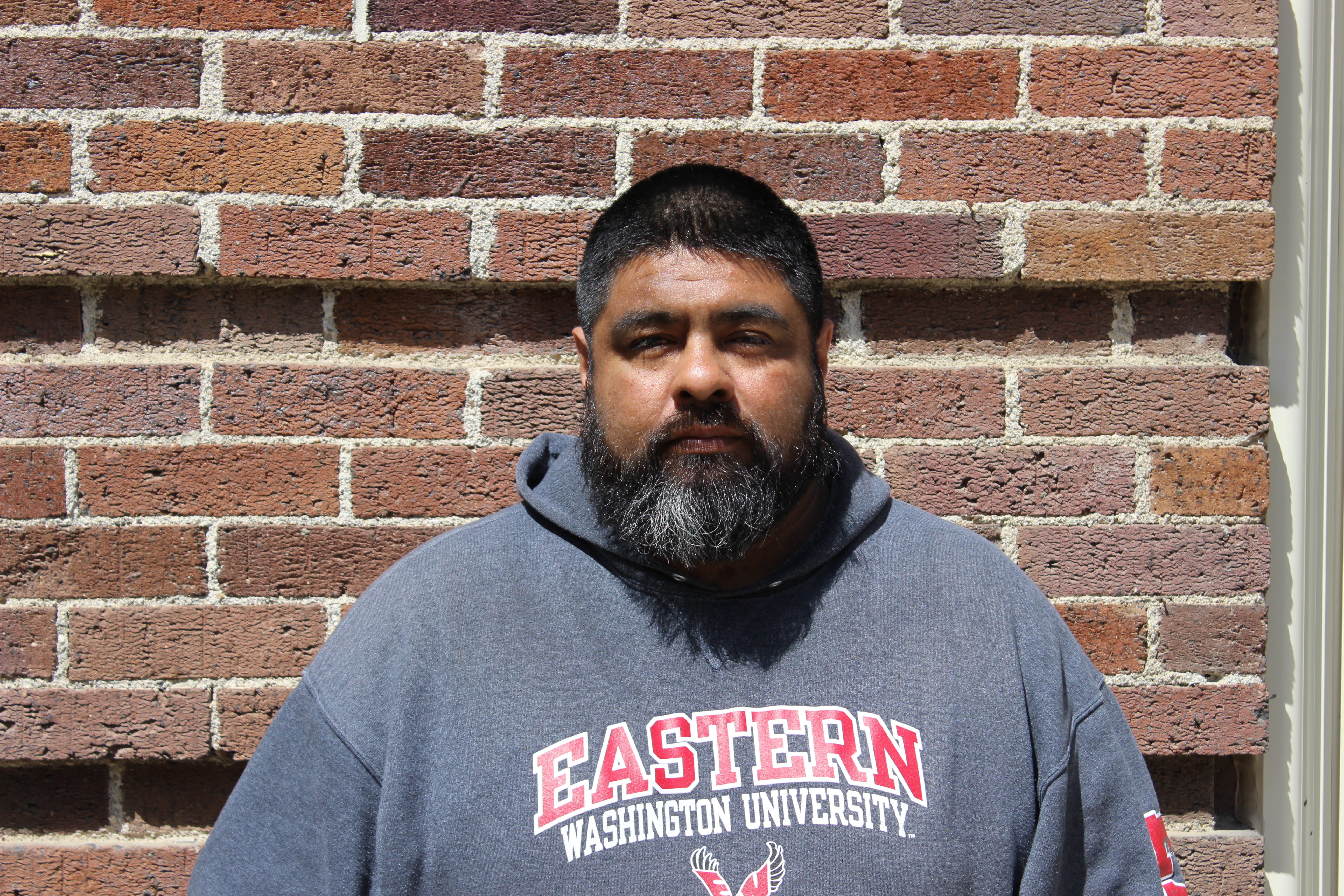Alex Lopez

Alex Lopez graduated from Eastern Washington University in 2020 with a major in Biology. He was selected as an EWU McNair Scholar in March of 2018 and completed his 2019 summer research Ungulate Activity: Effects of Season, Hunting Pressure and Plant Type with faculty mentor Dr. Margaret O’Connell and Dr. Paul Spruell. This research focused on fish and wildlife management, specifically in studying ungulate populations in the Inland Northwest. Alex worked on a research project looking at species richness of ungulates in the Turnbull National Wildlife Refuge using minimally invasive sampling techniques. He also was a Research Assistant II in Dr. Spruell’s lab at EWU where he assists with fisheries research on various projects.
Alex was accepted into the Biological Sciences Master’s degree program at Washington University where he began attending in Fall 2020 with full funding.
McNair Faculty Research Mentor 2019: Dr. Margaret O’Connell (Biology) & Dr. Paul Spruell (Biology)
Research Topic: Ungulate Activity: Effects of Season, Hunting Pressure, and Plant Type
Abstract: Quaking Aspen (Populus tremulodies) is considered priority habitat because it supports diverse understory flora and provides critical nesting and foraging habitat for wildlife. Aspen populations in western North America have declined due to fire suppression and browsing. Turnbull National Wildlife Refuge in eastern Washington addressed declining aspen with prescribed burns. However, aspen growth stimulated by burning was offset by browsing, especially by Elk (Cervus elaphus). Increasing elk numbers prompted initiation of a limited hunt to cull and disperse elk off refuge. To address the impact of these management strategies, we used remote video cameras to monitor activity of Elk, deer (Odocoileus virginianus and Odocoileus hemionus), and American Moose (Alces americanus). Cameras were positioned at five locations on the refuge. Video footage from March 2018 to January 2019 was analyzed to examine differences in seasonal activity, activity between hunt and non-hunt units during the hunting season, and browsing activity on different plants. Elk were recorded 153, deer 228, and moose 99 times. Although mean activity between seasons was not significantly different, elk activity tended to decrease in winter. Elk are known to move off refuge in the winter. Low sample size limited comparisons of activity in hunt versus non-hunt areas during archery, modern firearm, and muzzleloader periods. Nonetheless, no species exhibited decreased activity in the hunt areas and deer activity was greater in these areas. Elk and deer spent more time browsing on dogwood than on aspen or grass; there is evidence that dogwood has higher nutritional value.


